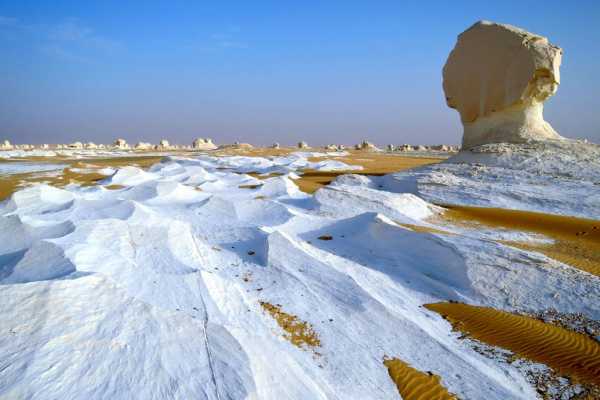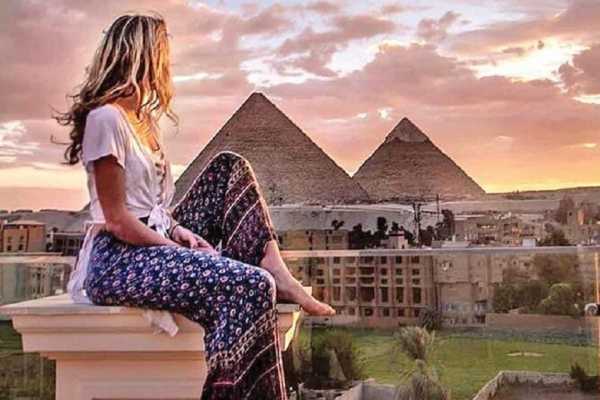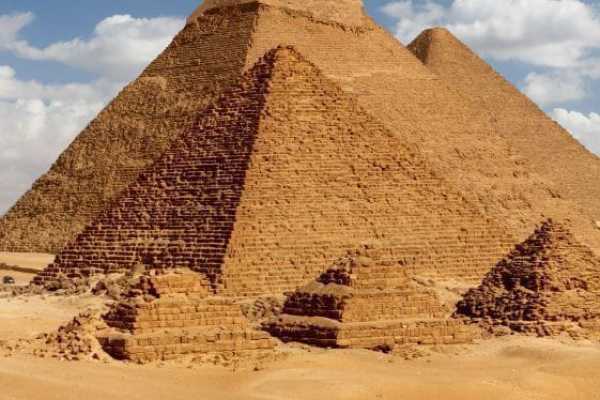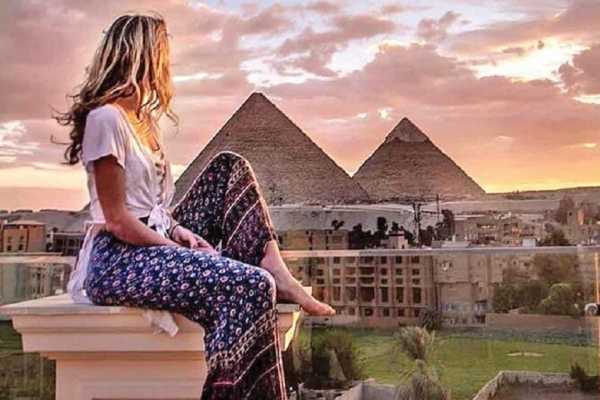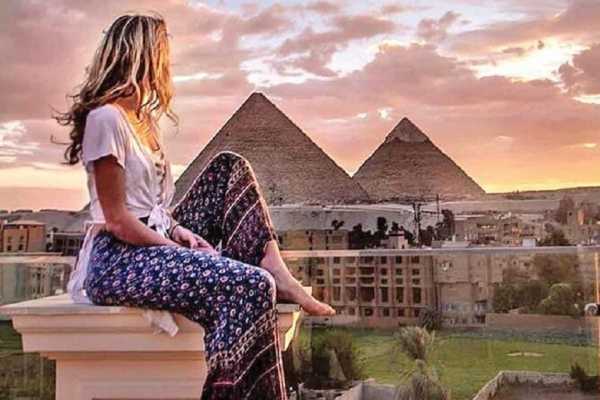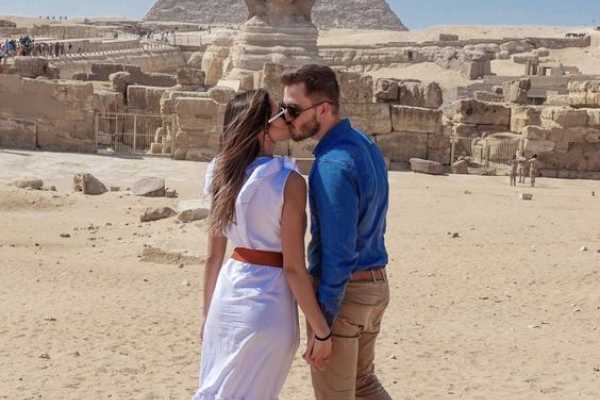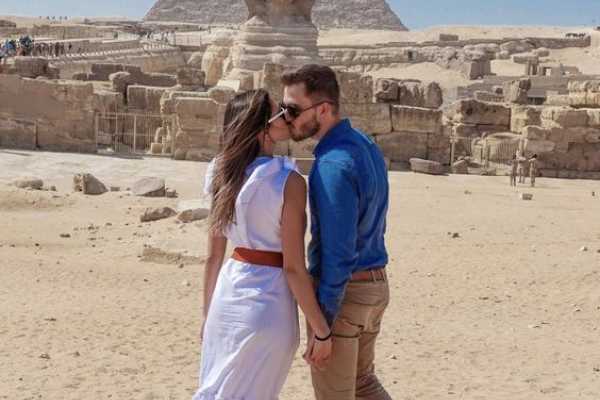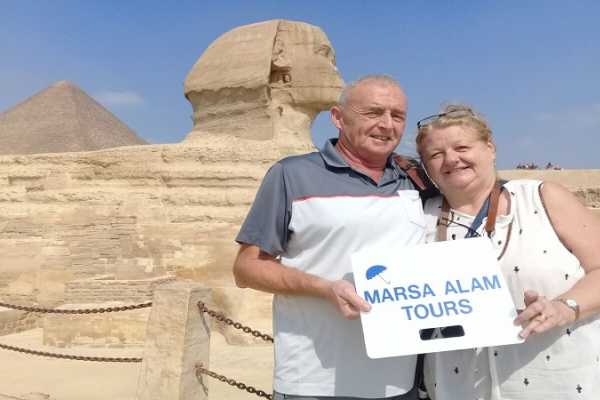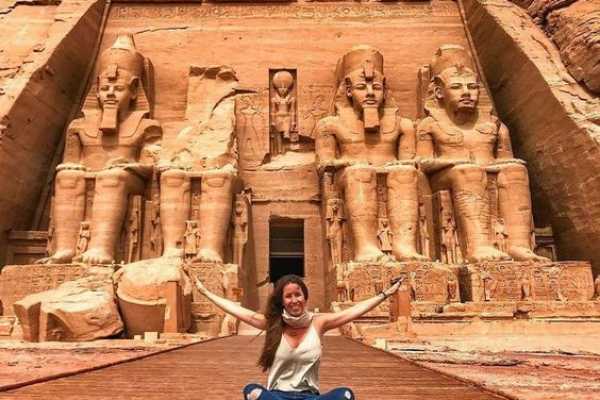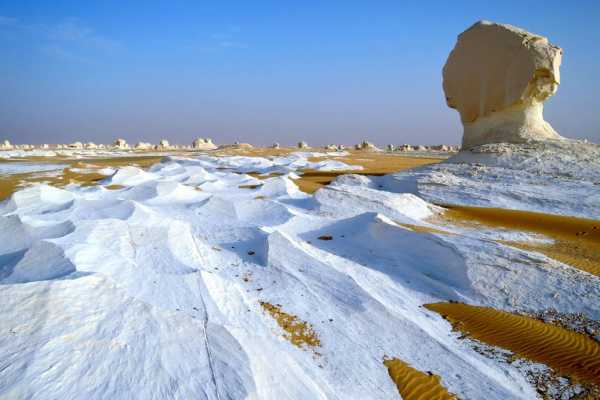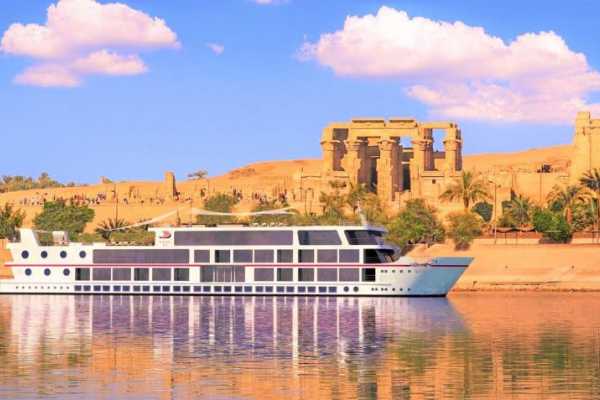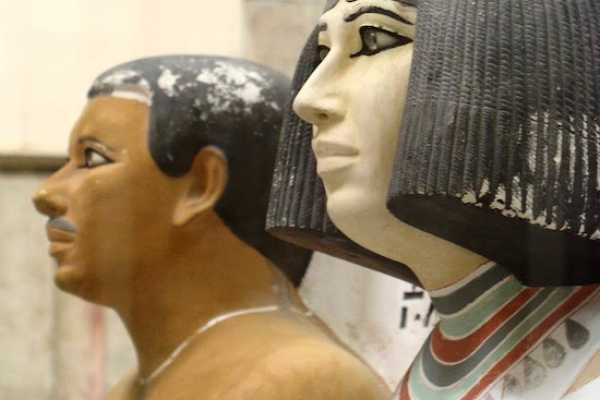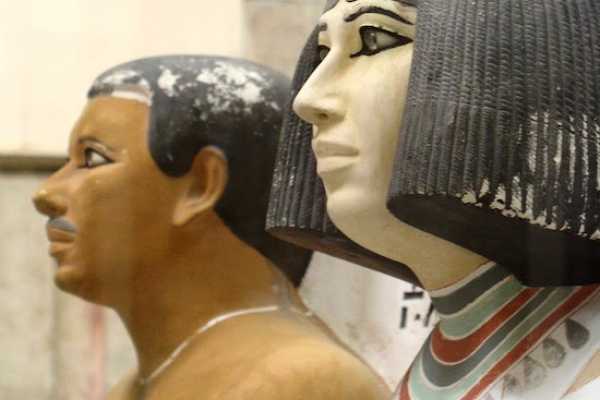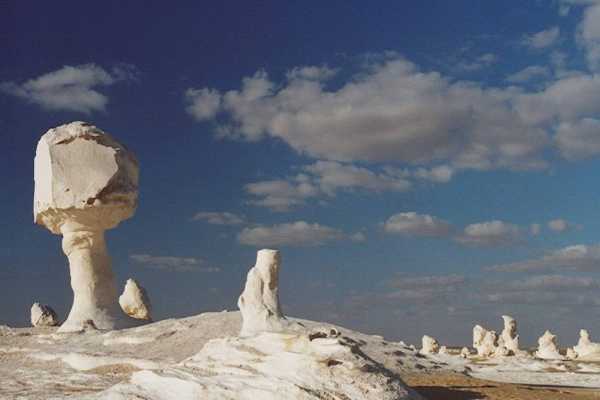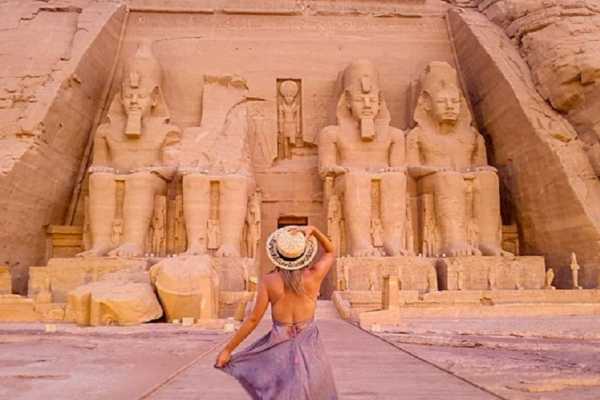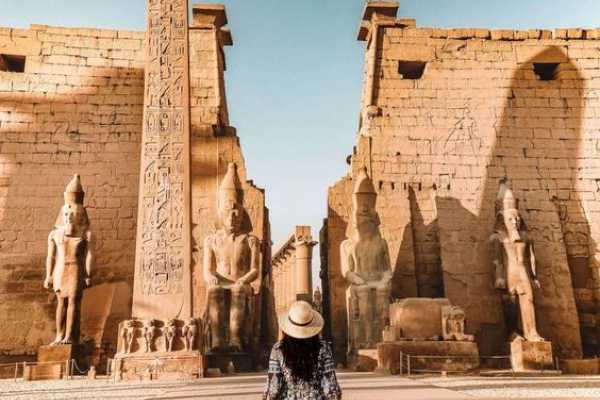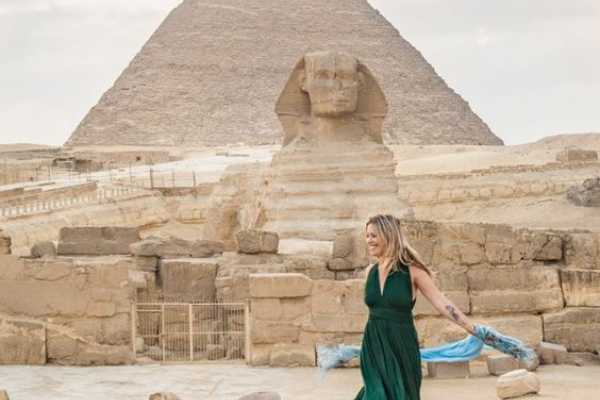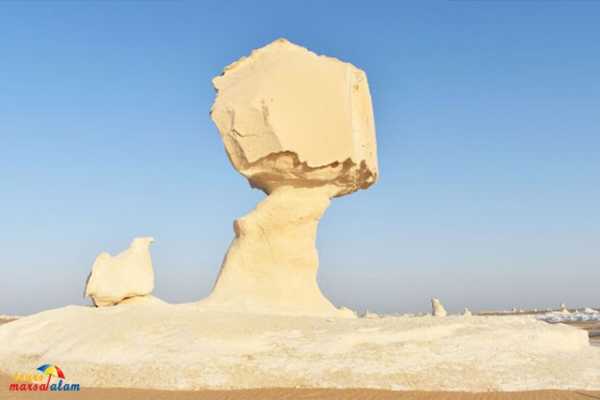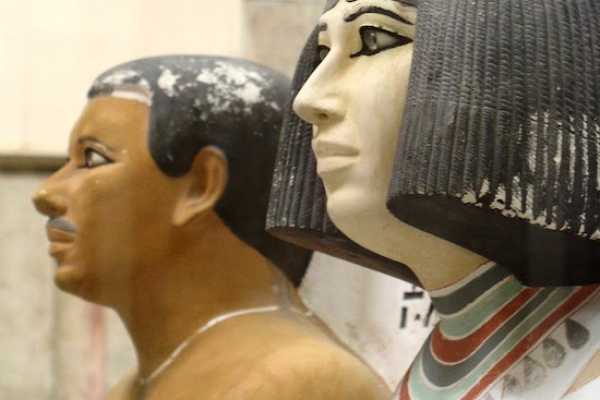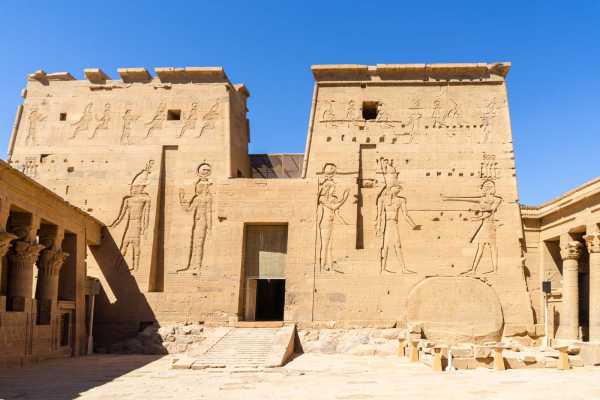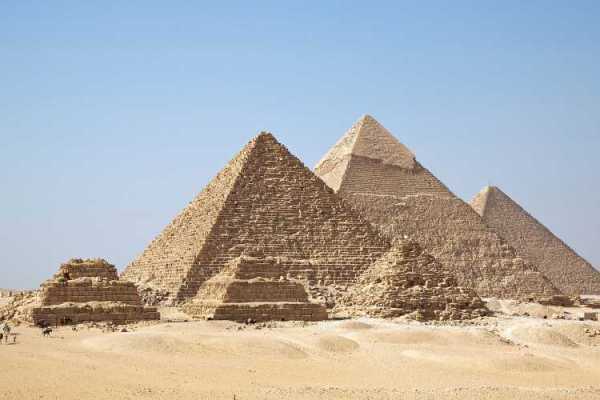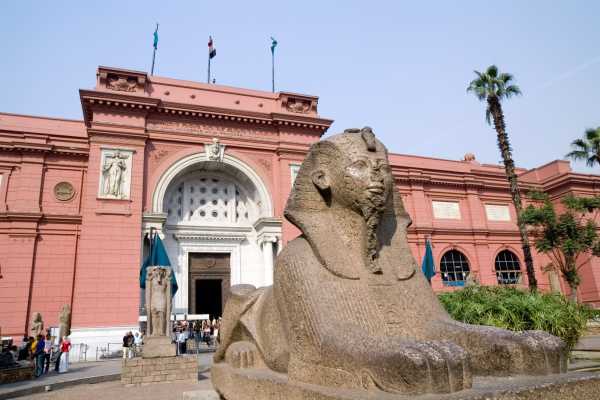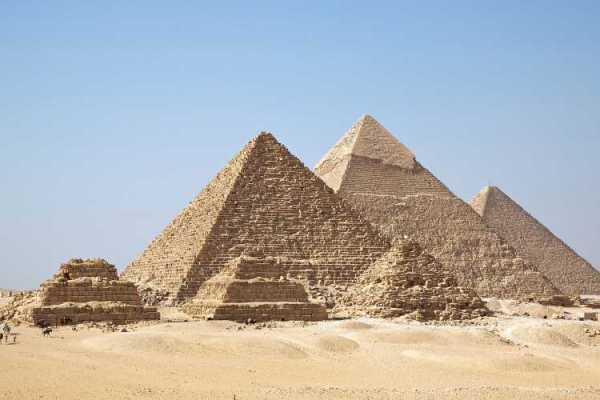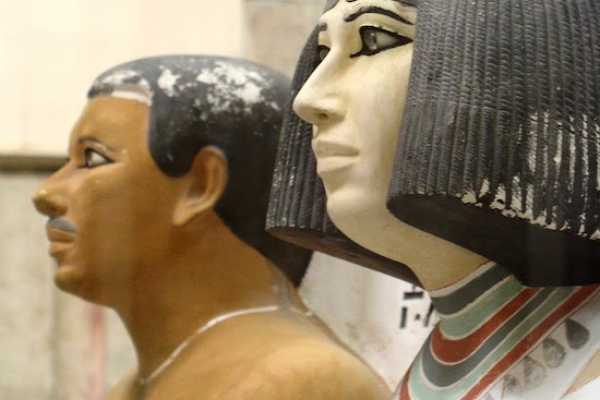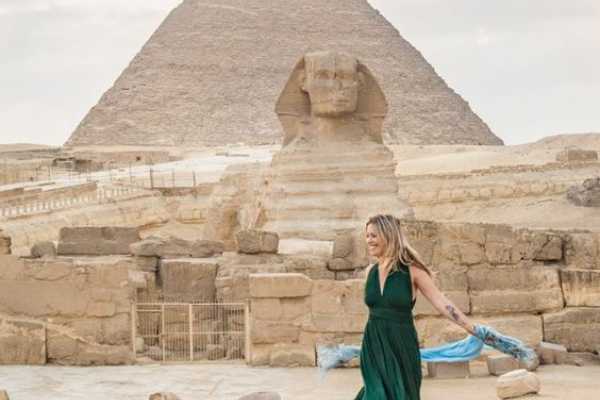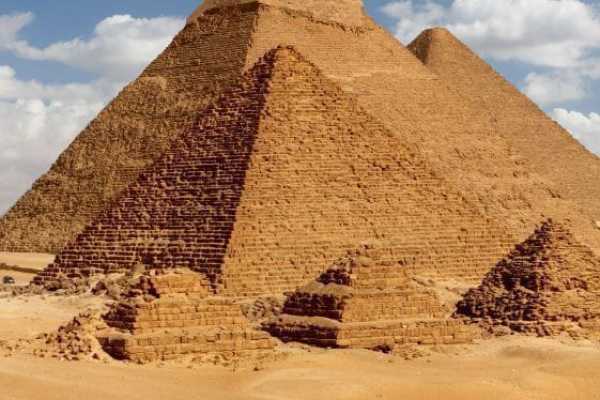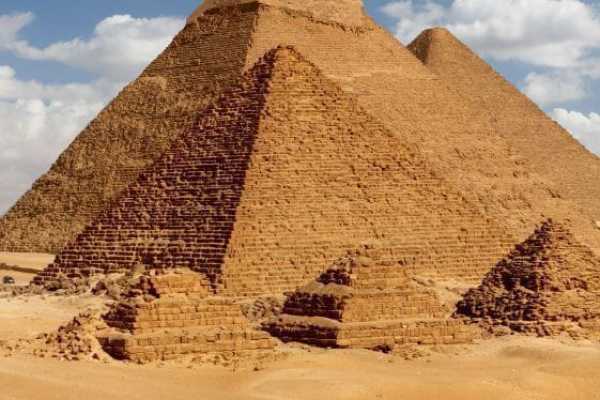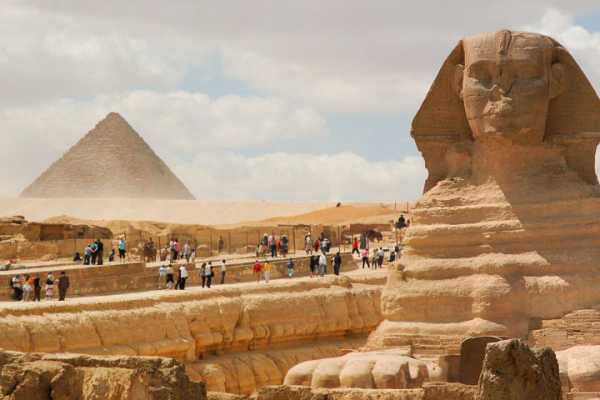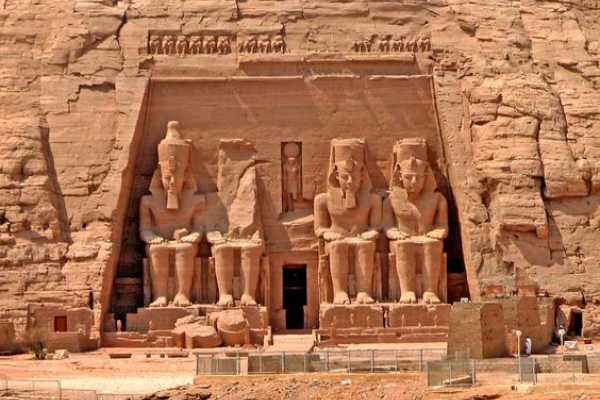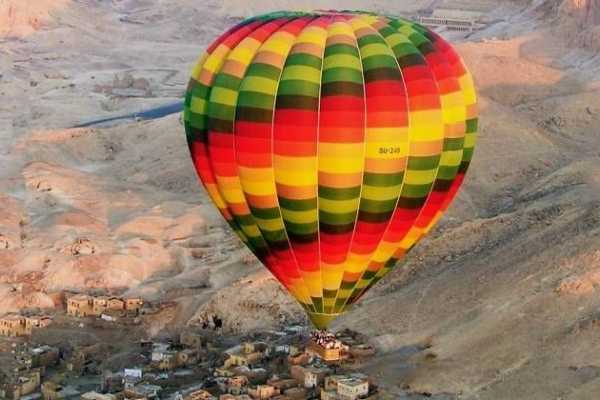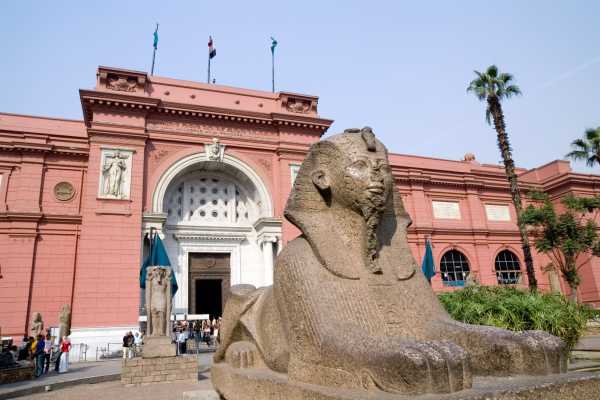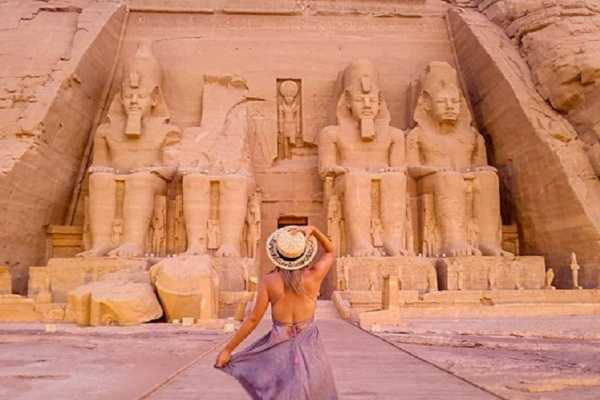Pyramids at Giza
The last remaining wonder of the ancient world; for nearly 4000 years, the extraordinary shape, impeccable geometry and sheer bulk of the Giza Pyramids have invited the obvious questions: ‘How were we built, and why?’. Centuries of research have given us parts of the answer. Built as massive tombs on the orders of the pharaohs, they were constructed by teams of workers tens-of-thousands strong. Today they stand as an awe-inspiring tribute to the might, organisation and achievements of ancient Egypt.

Khufu
Egypt's pharaohs expected to become gods in the afterlife. To prepare for the next world they erected temples to the gods and massive pyramid tombs for themselves—filled with all the things each ruler would need to guide and sustain himself in the next world.Pharaoh Khufu began the first Giza pyramid project, circa 2550 B.C. His Great Pyramid is the largest in Giza and towers some 481 feet (147 meters) above the plateau. Its estimated 2.3 million stone blocks each weigh an average of 2.5 to 15 tons.

Pharaoh Khafre
Khufu's son, Pharaoh Khafre, built the second pyramid at Giza, circa 2520 B.C. The middle pyramid was built for Khafre (Greek: Chephren), the fourth of the eight kings of the 4th dynasty; the structure measures 707.75 feet (216 metres) on each side and was originally 471 feet (143 metres) high.His necropolis also included the Sphinx, a mysterious limestone monument with the body of a lion and a pharaoh's head. The Sphinx may stand sentinel for the pharaoh's entire tomb complex.

Menkaure
The southernmost and last pyramid to be built was that of Menkaure (Greek: Mykerinus), the fifth king of the 4th dynasty; each side measures 356.5 feet (109 metres), and the structure’s completed height was 218 feet (66 metres).At 62m (originally 66.5m), this pyramid is the smallest of the trio, only about one-tenth the bulk of the Great Pyramid. The pharaoh Menkaure died before the structure was finished – around the bottom are several courses of granite facing that were never properly smoothed. Inside, you descend into three distinct levels – the largest surprisingly vast – and you can peer into the main tomb.


